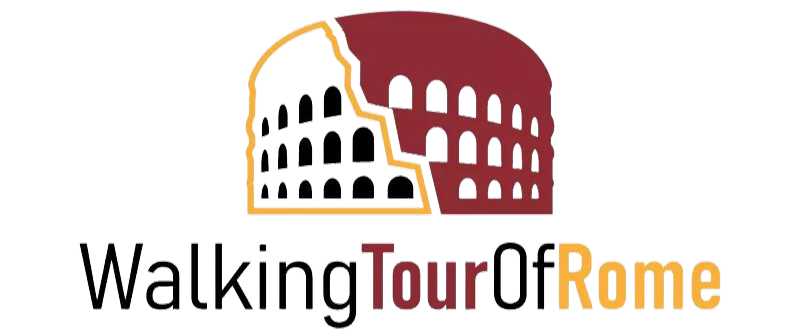Promoting Eco-Tourism: Respecting the Colosseum and Its Legacy
Introduction
In this blog post, we will explore the importance of promoting eco-tourism, specifically focusing on the Colosseum and its legacy. By adopting sustainable transportation methods and practicing responsible tourism, we can minimize our environmental impact and preserve this ancient marvel for future generations to enjoy.
Sustainable Transportation: Minimizing Environmental Impact
Efficient Public Transportation
Rome offers an extensive public transportation system that is not only convenient but also environmentally friendly. Encourage visitors to utilize buses, trams, and the metro to reach the Colosseum and explore the city. These options reduce carbon emissions, alleviate traffic congestion, and contribute to a cleaner, more sustainable environment.
Bicycles and Electric Scooters
For those looking for a more adventurous way to experience Rome, suggest exploring the city on bicycles or electric scooters. These eco-friendly modes of transportation not only reduce carbon footprint but also provide an immersive experience, allowing visitors to discover hidden gems while enjoying the fresh air.
Walking Tours
Nothing beats the charm of strolling through the streets of Rome. Promote walking tours that offer an up-close and personal experience of the city’s rich history, while also minimizing environmental impact. By walking to the Colosseum, visitors can fully appreciate the surrounding architecture and immerse themselves in the vibrant atmosphere of Rome.
Responsible Tourism Preserving the Colosseum for Future Generations – Respectful Behavior:
Educate visitors about the importance of respecting the Colosseum and its surroundings. Encourage them to follow the designated paths, avoid littering, and refrain from touching or climbing on the ancient structure. By treating the Colosseum with reverence, we ensure its preservation for future generations to marvel at its grandeur.
Sustainable Practices:
Highlight the importance of practicing sustainable tourism while visiting the Colosseum. Encourage visitors to bring reusable water bottles and reduce single-use plastic waste. Additionally, suggest using eco-friendly sunscreen to protect the environment from harmful chemicals that can damage the structure. By adopting such practices, we contribute to the conservation of the Colosseum’s integrity.
Support Local Initiatives
Inform readers about local initiatives and organizations dedicated to preserving the Colosseum. Encourage them to support these efforts through donations or volunteering. By getting involved, visitors can actively contribute to the preservation and restoration of this iconic monument, guaranteeing its longevity for years to come.
Cultural Education
Promote the significance of understanding the historical and cultural context of the Colosseum. Encourage visitors to engage in guided tours led by knowledgeable experts who can provide insights into the historical significance and architectural marvels of the Colosseum. By fostering appreciation and understanding, we instill a sense of responsibility towards its preservation.
Spreading Awareness
Emphasize the importance of spreading the message of eco-tourism and responsible tourism practices. Encourage visitors to share their experiences on social media platforms, using hashtags such as #RespectTheColosseum and #EcoTourism. By creating a ripple effect, we can inspire others to follow suit, promoting a sustainable approach to tourism.
Conclusion
As visitors to the Colosseum, we have a responsibility to respect its legacy and ensure its preservation for future generations. By adopting sustainable transportation methods, practicing responsible tourism, and spreading awareness, we can contribute to the long-term conservation of this iconic landmark. Let us embrace eco-tourism and become ambassadors for a greener, more sustainable future, while still enjoying all that Rome has to offer.

